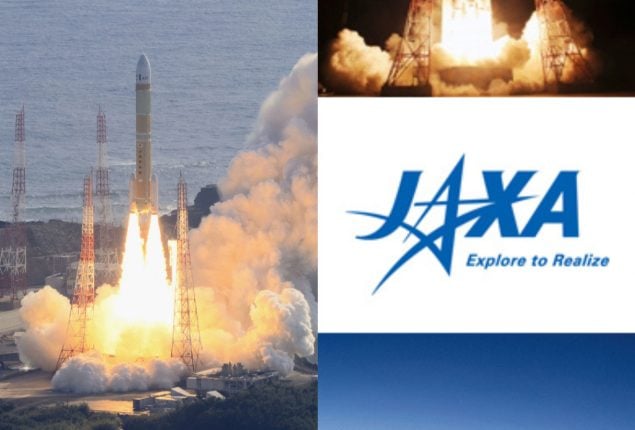Breakthrough: Scientists Uncover Novel ‘Magic’ Magnet
Altermagnetism confirmed: a new, once-thought-impossible magnet type. Discovered at the Swiss Light...

Japan Triumphs: Successful Launch of Next-Gen H3 Rocket
Japan Aerospace Exploration Agency (JAXA) successfully launched its new flagship H3 rocket on Saturday, marking a pivotal moment in the country’s pursuit of space exploration. The successful launch comes after a series of setbacks, including the failure of the rocket’s inaugural flight last year.
The H3, designed to replace the two-decade-old H-IIA, lifted off from the Tanegashima Space Center in southern Japan at 9:22 a.m. local time. After nearly two hours in flight, the rocket successfully released a small satellite, a microsatellite, and a dummy satellite, showcasing its capabilities. The jubilant atmosphere at the space center reflected the relief and pride of the scientists involved in the decade-long development of the H3.
JAXA’s recent successes extend beyond the H3 launch, as its lunar lander, SLIM, achieved a “pinpoint” touchdown last month, making Japan the fifth country to successfully land a spacecraft on the moon. These triumphs are part of Japan’s efforts to revitalize its space program, especially as it collaborates with the United States to counter the growing influence of China in space exploration.
The H3, with a length of 63 meters (297 feet), is designed to carry a 6.5 metric ton payload. The successful launch is crucial for Japan, as another failure could have jeopardized the country’s independent access to space. The rocket’s development focuses on reducing per-launch costs, with the long-term goal of achieving as low as five billion yen ($33 million) per launch, half of the cost of the H-IIA launches.
Prime Minister Fumio Kishida expressed his joy over the accomplishment, emphasizing the significance of this success following the SLIM moon landing. The Japanese government plans to launch about 20 satellites and probes with H3 rockets by 2030 for domestic use, further solidifying Japan’s position in the global space exploration arena.
JAXA and primary contractor Mitsubishi Heavy Industries hope that the H3’s features, including simpler structures and automotive-grade electronics, will attract launch orders from international clients. With satellite launch demands increasing globally, the successful H3 launch positions Japan as a competitive player in the space industry.
Looking ahead, the H3 is scheduled to deliver a lunar explorer for the joint Japan-India LUPEX project in 2025 and cargo spacecraft for the U.S.-led Artemis moon exploration program in the future. The successful launch not only marks a triumph for Japan but also opens new possibilities for collaboration and commercial ventures in the rapidly evolving space sector.
Catch all the Sci-Tech News, Breaking News Event and Latest News Updates on The BOL News
Download The BOL News App to get the Daily News Update & Follow us on Google News.